This Architect’s White Rock Lake Bungalow Blends the Warmth of the South With Clean-Lined Modernism
Bentley Tibbs' Hushed Home is Filled With Natural Light and Simple Materials
BY Rebecca Sherman // 07.22.21Bentley Tibbs tending his rose garden. (Photo by Pär Bengtsson)
When architect Bentley Tibbs was a child growing up in the Mississippi Delta, he and his brothers built forts in the hay barn. A weathered old structure hundreds of feet long, it had a roof full of holes that cast shafts of sunlight across the length of the barn. Dust swirled in the light, and he was mesmerized. “The whole space was pierced with these vibrant columns of light, and the dust made them appear almost solid,” he remembers. “That was the beginning of how I understood light could be used as a structural material.”
Tibbs’ elegant design sensibility — which he calls Southern modernism — was shaped by his early years and later refined by his mentors. “In the Delta, all the buildings were agricultural farm buildings, just falling down. The old wood, the sound of rain hitting the metal roof, and the light coming through — all that was so lush and beautiful,” he says. At Texas A&M in the early ’90s, he studied architecture under British modernist Malcolm Quantrill, who taught him to work with tools and materials, and to research and think critically. After college, Tibbs worked for legendary regionalist architect Frank Welch, who designed in the Texas vernacular. “His streamlined detail furthered the path I was already on,” Tibbs says.
He opened his own architecture firm in 2000. Though modestly sized, the firm often tackles multiple large projects concurrently. Tibbs has three such projects under construction now, including a ranch compound east of Dallas. “I’ve kept the firm deliberately small,” he says. “There’s an intimate level of collaboration with the client that really allows a project to be realized with rigor — and it’s all about them and the site. It’s got my sensibility, and that’s why they come to me.”
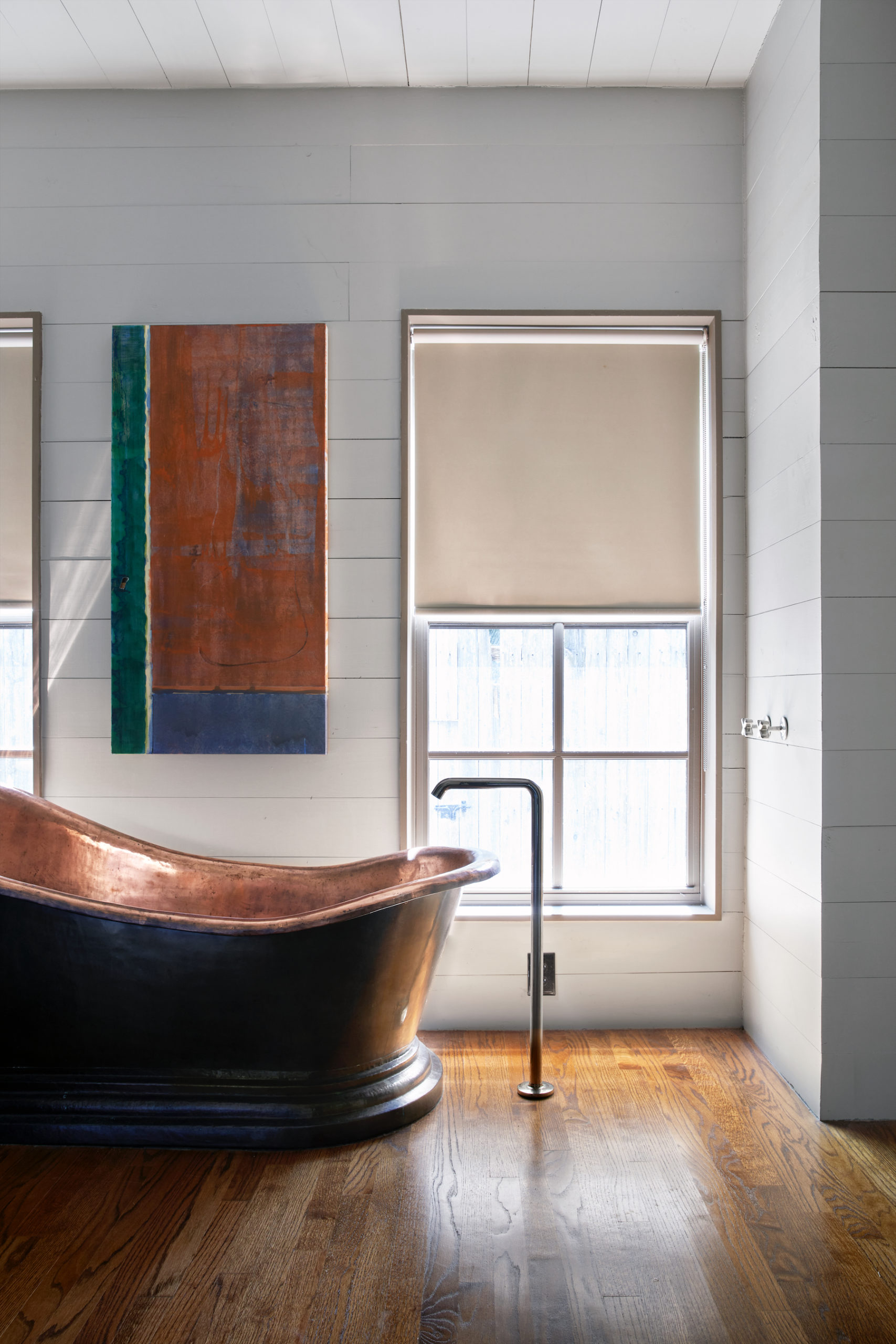
His own home, a 1945 bungalow near White Rock Lake, features many of the aspects of Southern modernism that define his design aesthetic. Located on a corner lot in the leafy Shamrock Shores area just blocks from the lake, the house was originally a tiny vacation home, one of many built for young families of the era. Tibbs renovated it, adding 1,000 square feet and a courtyard. The placement of main rooms around the courtyard was specific to how he wanted the light to fall.
“Choreographing how and when light hits surfaces allows you to use the light,” he says. “Does it wash across the floor where you have your morning coffee? Does it graze a wall at dusk? All these things connect you to the outdoors, the natural world. Light is low and delicate across the floor in my dining room in the morning, but high and sharp in the afternoon. I use that space throughout the day for coffee, meals, and as a desk. I am constantly aware of the time of day and time of year by how the light is giving form to the room.”
Tibbs was trained in the modernist school of architecture — he prefers clean lines and simple materials over fussy ornamentation — but he’s not a fan of the movement’s big, open-space plans. “One of the downfalls of modernism is that it can feel so monumental, and the human aspect gets lost,” he says. In his own house, he has created a sense of spaciousness without sacrificing walls or doors. The kitchen, dining room, a glass hallway, and den all have aligned doorways that create one long vista from the front of the house to the back. It feels capacious and rich to the eye. “The procession, or enfilade, is multilayered, woven together by natural light, colors, art, and materials,” he says. “If you dissect it, there’s a lot going on each step of the way.”
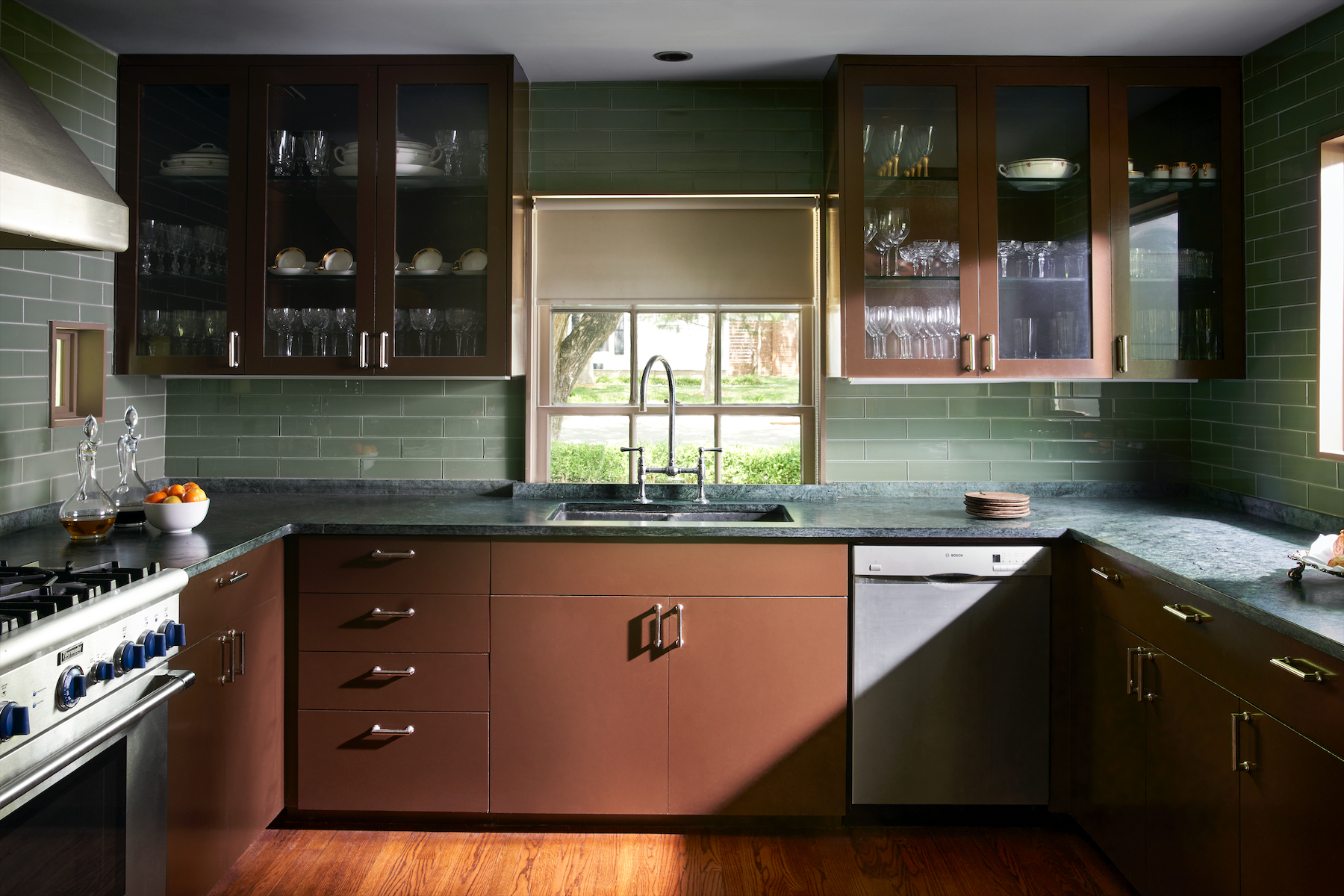
A dramatic zinc wall with a portal separates the living and dining rooms. “The portal lets in light so that it feels open, but each room still has its own identity,” he says. Throughout the house, ceilings and walls are paneled in straightforward materials typically reserved for the exterior, such as zinc, cedar, and painted boards. They feel unexpectedly lush when used inside, he says, and subtly reinforce a connection with the outdoors.
Much like Tibbs’ architecture, the interior furnishings and art are highly personal. He designed a large blue velvet sofa for the living room because it reminds him of his roots. “There was a blue velvet sofa in my childhood homes, so it’s a touchstone for me,” he says. His collection of portrait paintings includes a half-dozen works by Biloxi, Mississippi, artist Miles Cleveland Goodwin, who often sets his subjects in rural Southern landscapes. “They are not sentimental — there’s a real strength to them,” Tibbs says.
He’s also drawn to furnishings that have strength of character, no matter the century or design style. In the den, a worn-leather chair from 19th-century England and a carved cabinet of the same era are paired with such modern pieces as a 1950s George Nelson tray table and a rare bronze bird-leg table designed in the 1930s by Surrealist artist Méret Oppenheim. He eats, works, and contemplates at a 350-year-old French farm table in the dining room, seated in a chair by an icon of mid-20th-century design, Eero Saarinen. He collects muscular, early Georgian silver flatware from England and earthy McCartys Pottery made from clay from the Mississippi River. And it’s all set against a backdrop of dusky blues and greens. “Good architecture benefits from decoration,” he says. “An empty building needs to sing, and the way people live is the beauty of the space.”
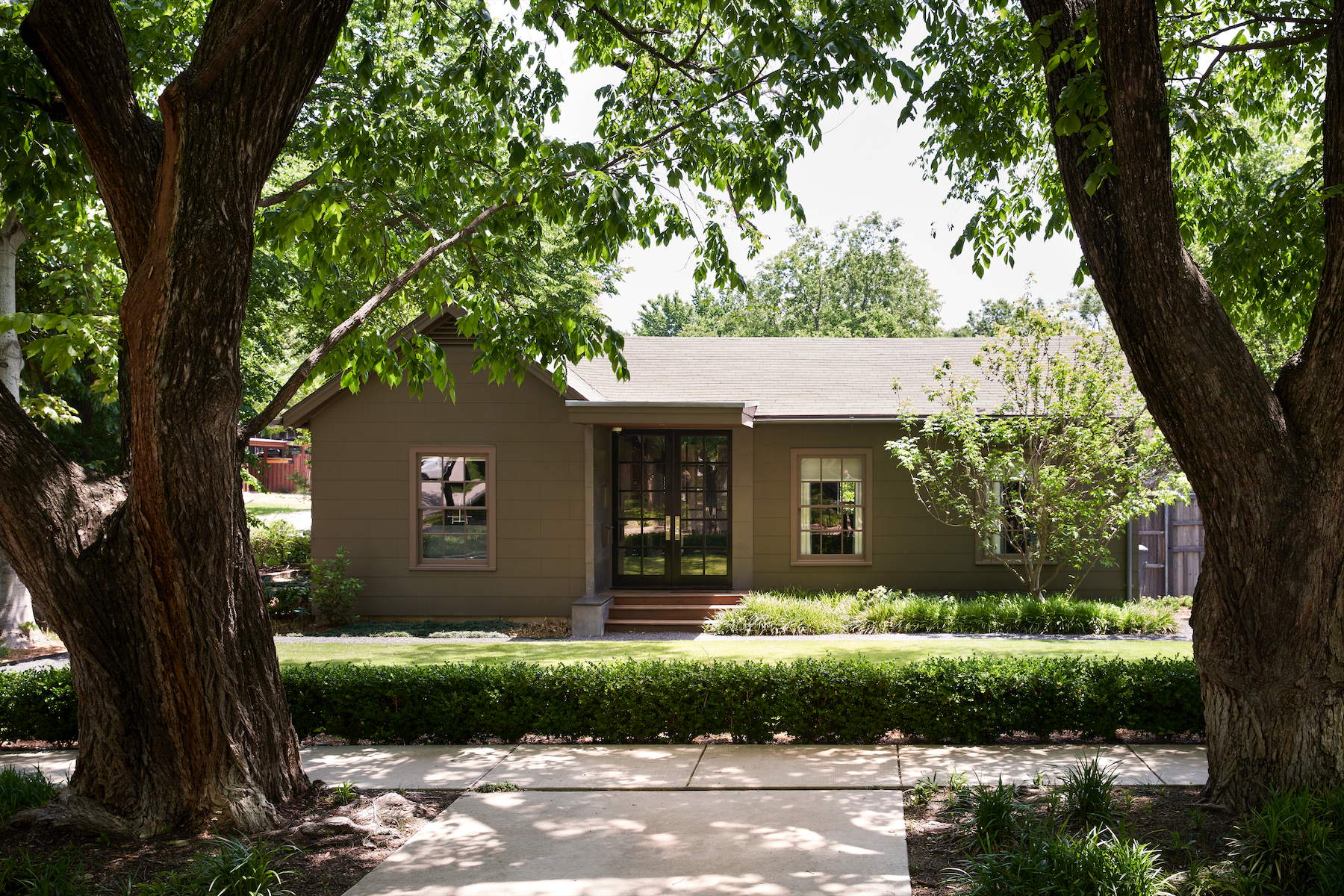
Tibbs’ house has its own kind of beauty for living. In 2016 — a year before his 50th birthday — he rid himself of his TV and canceled his home internet service. “It wasn’t a moral decision,” he says. “TV and internet are distractions. Without them, I do more important things.” He’s taken up rowing on the lake, and he reads more books. He also has more time to tend his large rose garden, a hobby picked up as a 9-year-old after his boxing coach — of all people — gave him some rose bushes and taught him how to cultivate them. He spends a lot of time in the kitchen, cooking dishes his Louisiana-born mother taught him, such as crawfish étouffée and lobster chowder.
The house is often silent, except for a 1780s grandfather clock that ticks and chimes on the hour. “As deliberate as I’ve made this place to be a quiet escape, it’s also a wonderful place to entertain people and hear stories,” says Tibbs, who regularly hosts dinner parties at his house and invites neighbors over for drinks. “Spaces need to be quiet — they shouldn’t scream for attention — and they need to be strong. But they also need people to complete them.”

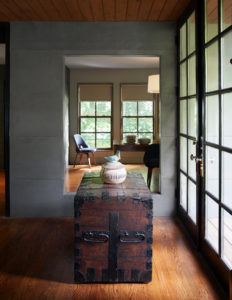
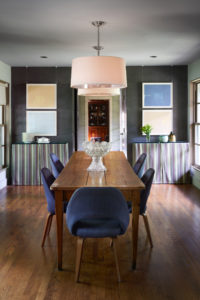


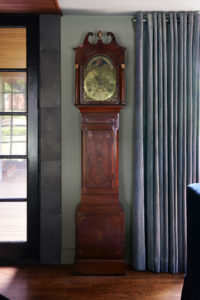
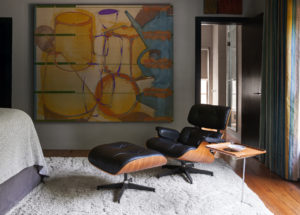

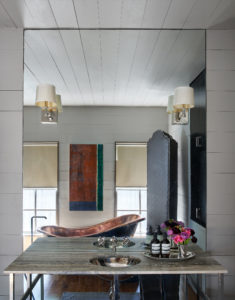

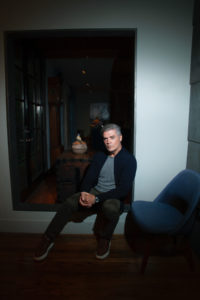
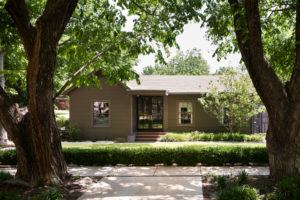
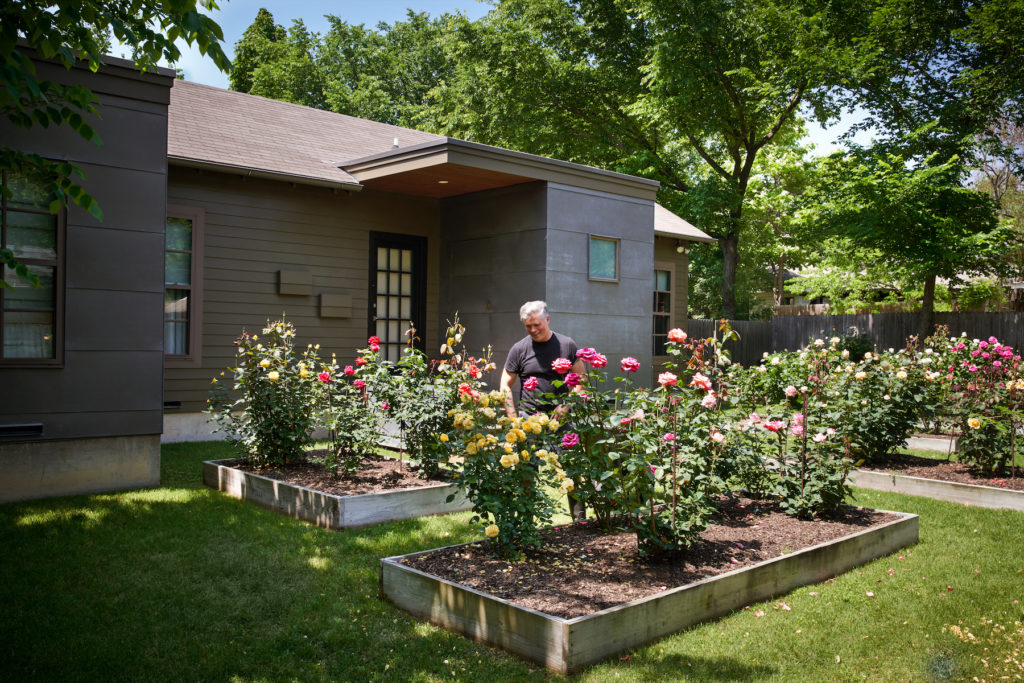

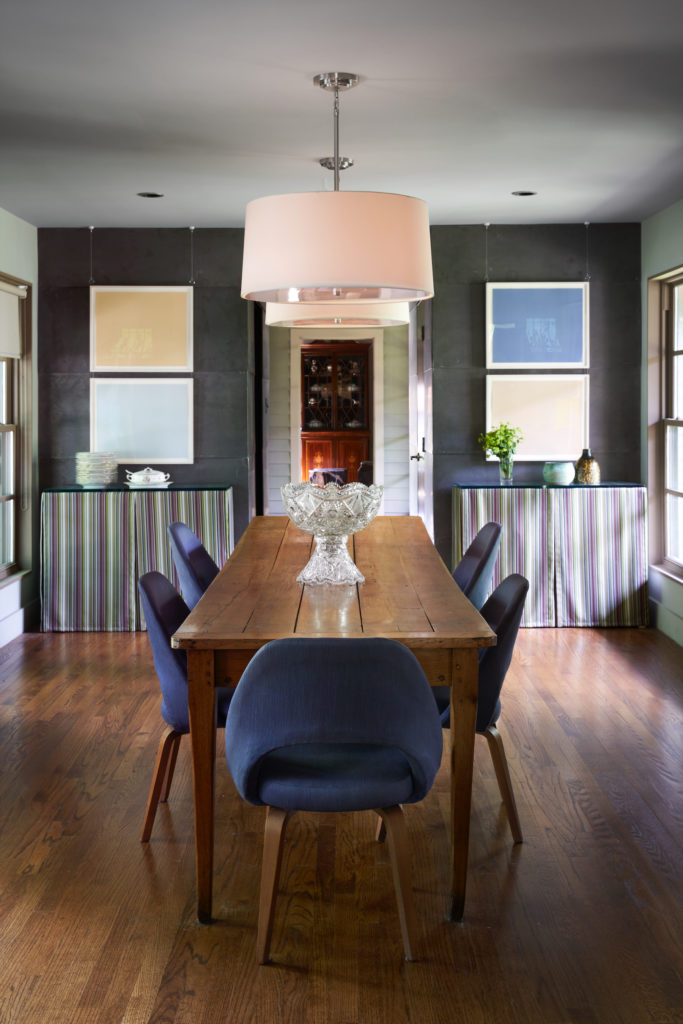

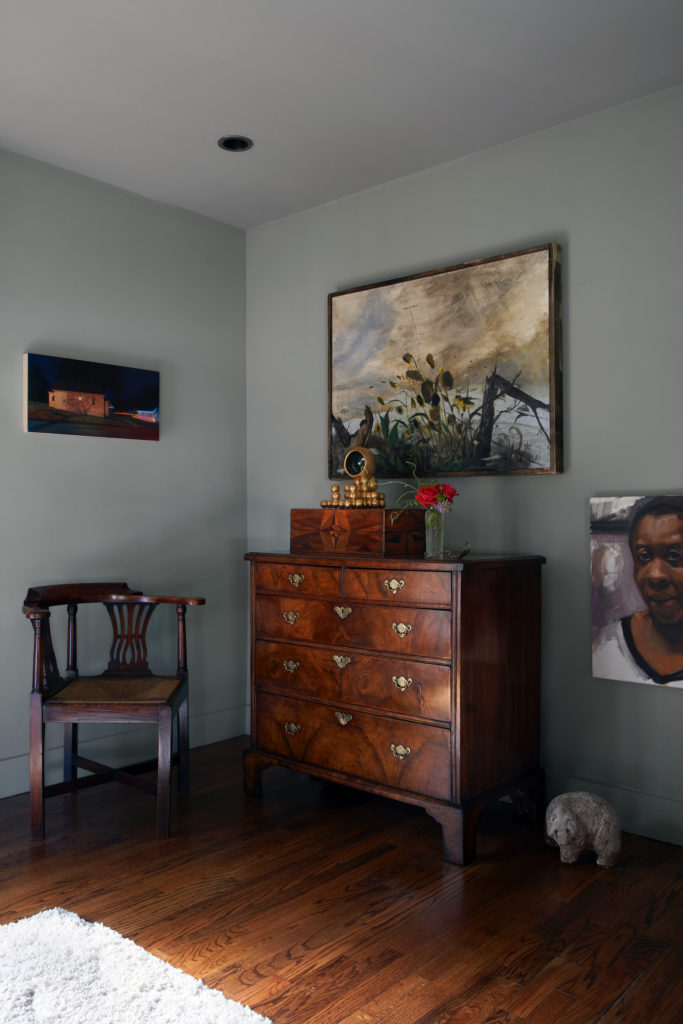
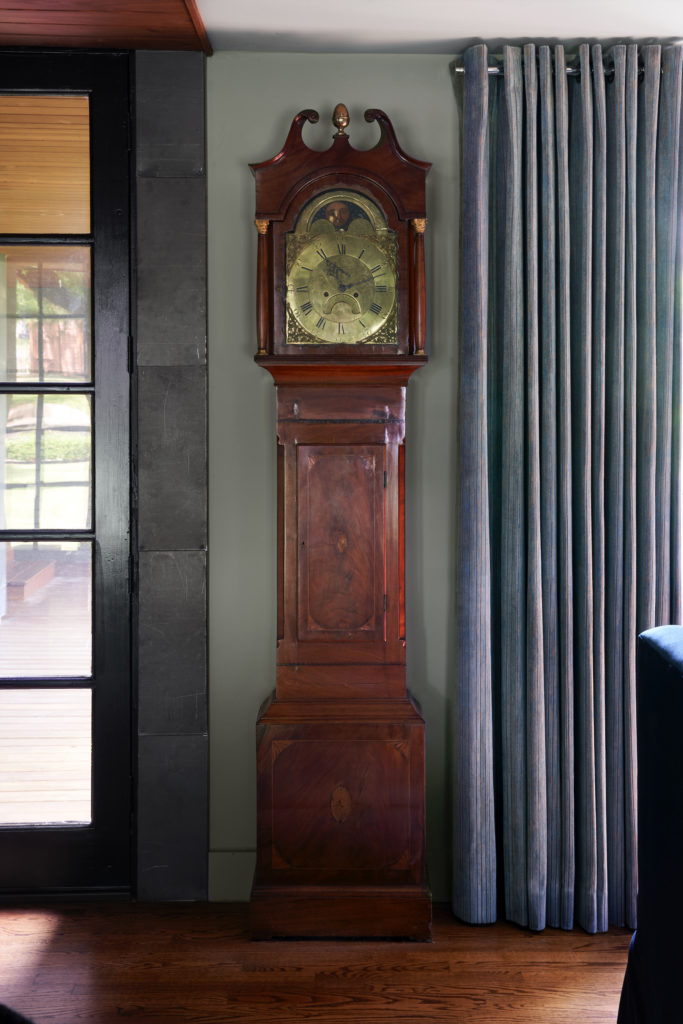
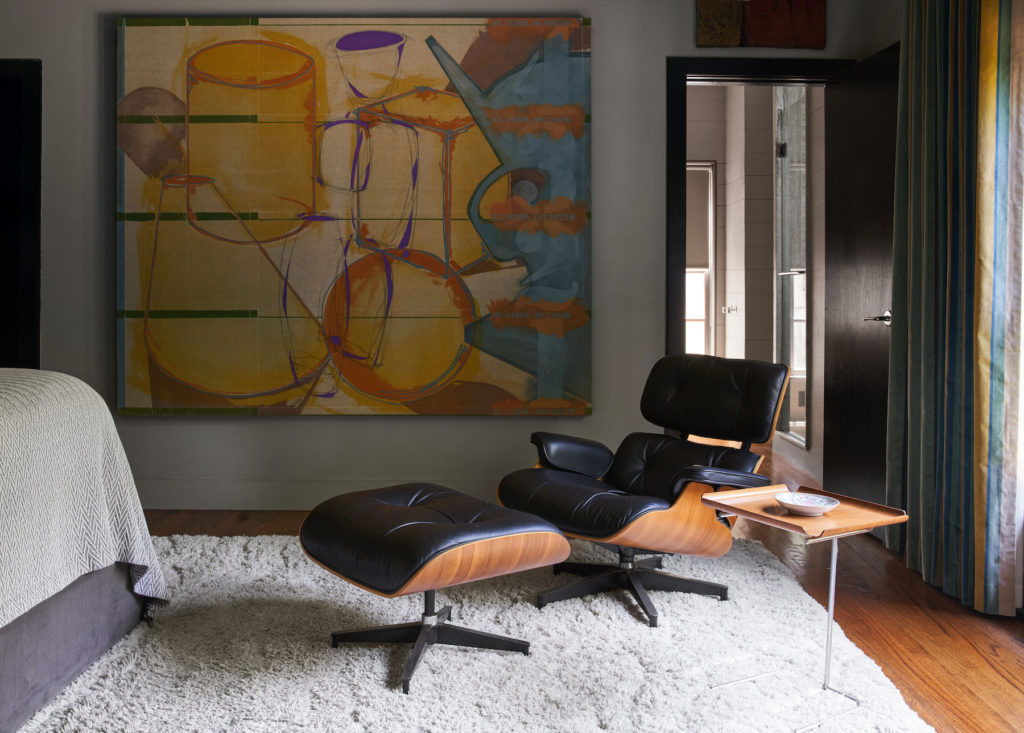
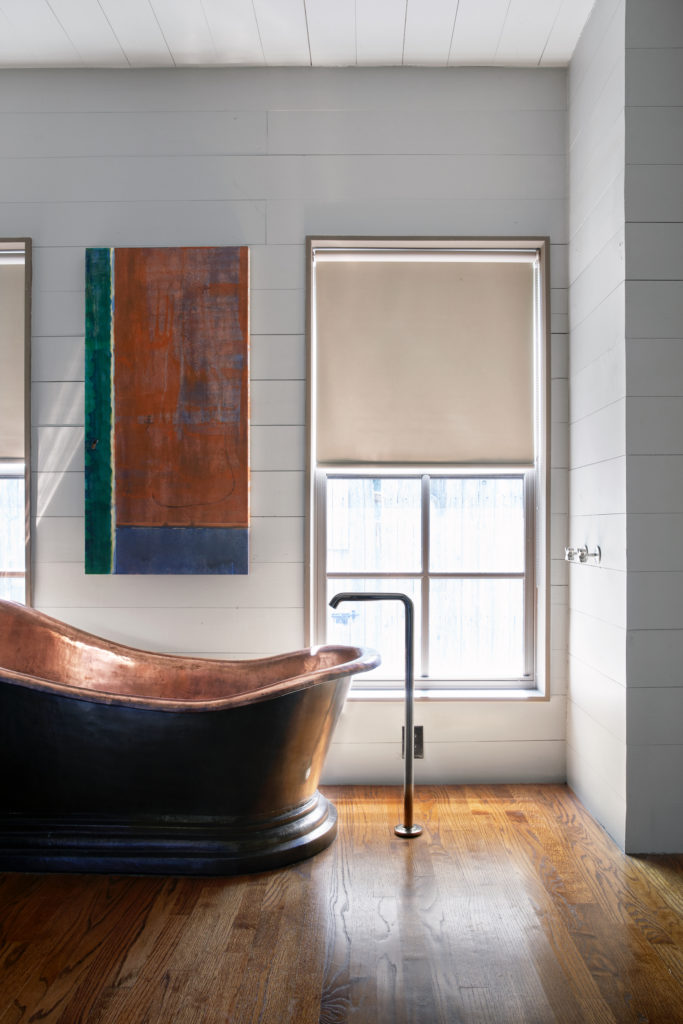


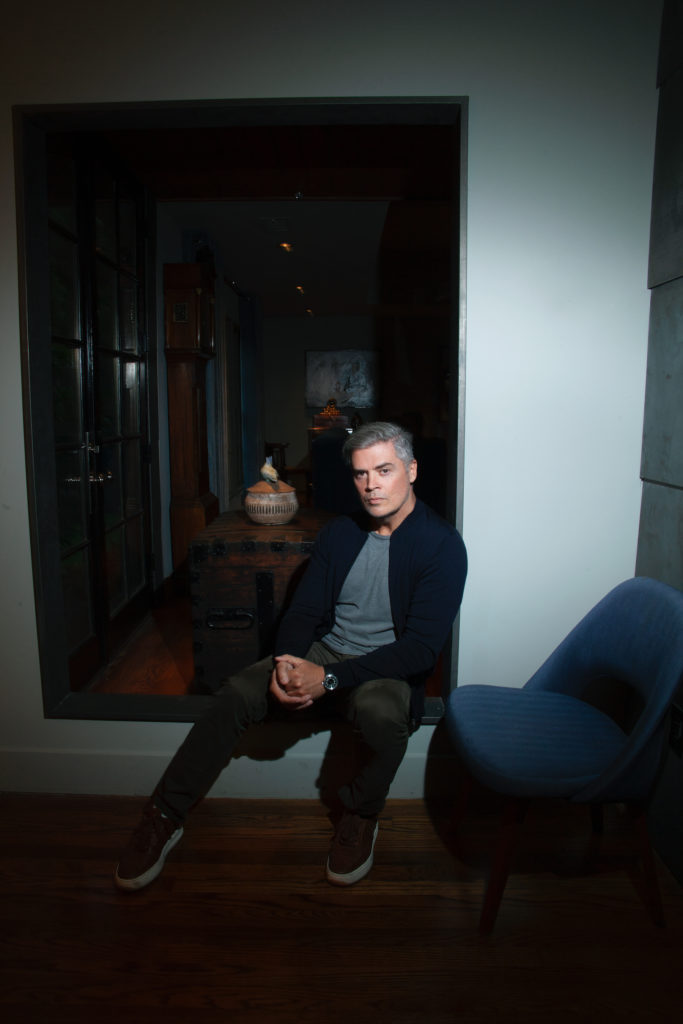
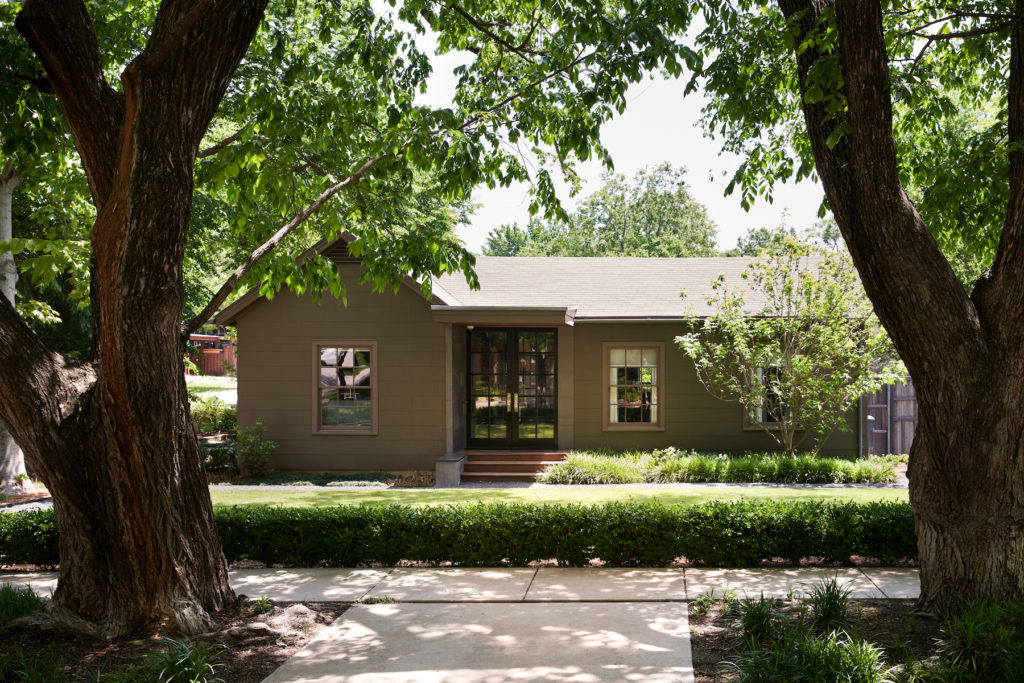

_md.jpeg)








